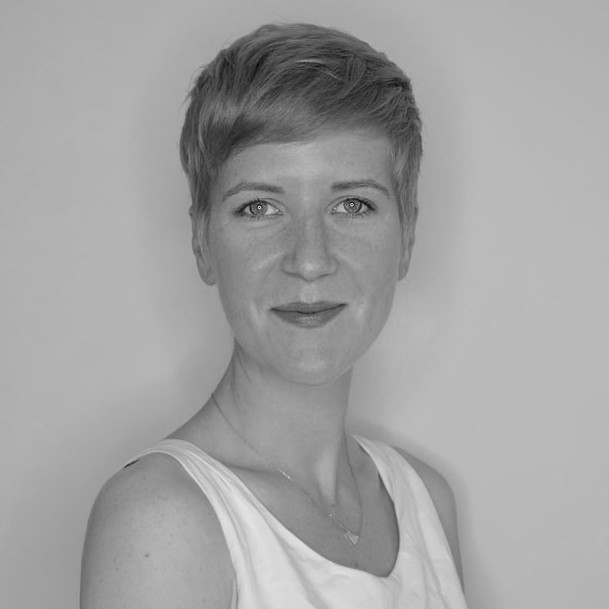Digital Playgrounds
A few years ago, I was feeling like most artists do at one point or another: desperately poor and struggling to find my place. I wasn’t an ingénue or a classical actor, so the normal paths to success in the Toronto theatre scene seemed closed to me. At the time, I was living in Toronto spending my summers as the artistic director of Sundown Theatre in Kincardine, Ontario, a rural community on the banks of Lake Huron. I started the company with some friends from theatre school back in 2012 to bring new work to my hometown. Some of my biggest successes and failures happened in Kincardine, where I had the opportunity to produce and perform against the backdrop of the most gorgeous sunset in the world. But once the summer was over, and we all returned to the city, I would find myself in creative withdrawal, waiting to get my next creative fix.
I didn’t have steady work, and it seemed impossible to find a job that paid enough to cover my living expenses while providing the flexibility to take time off to create theatre. I needed a new “thing”—something to feed my brain and bank account in support of my artistic pursuits. My partner is a computer scientist, and he encouraged me to try coding. It’s a highly sought-after skill in the current job market, and it pays fairly well. I took his recommendation and signed up for a one-day workshop with Ladies Learning Code on the basics of web design.
After taking the workshop, I decided I wanted to learn more, so I signed up for a for-profit school, which offered full and part-time coding courses. I started in an Intro to Web Development class, but didn’t enjoy the teaching style. So I switched into a different course on building custom WordPress sites, which was targeted at freelancers. The teacher was willing to share not just their coding knowledge, but their years of experience as a successful freelancer. This is where I hit my stride.
During the course, I also learned about a slew of resources to turn to for design and development, what tools to use to streamline my workflow, and what rates are appropriate to charge clients. (The base hourly wage for a freelancer in web development is $60–$100/hour; you need to charge double what you would want to make as an employee, because you have to take into consideration all of the costs of running your business, from paper clips to the hours it takes to find and book new clients.)
This was a game-changer for me: it gave me the confidence to ask for a living wage without feeling guilty about it. It forced me to address my feelings of self-worth (and self-worthlessness) as a creative professional. As a young artist in the indie theatre world, I’m often forced to choose between working for free or not working at all. Continually accepting work in an unpaid or underpaid capacity over the last decade had taken its toll on how I valued my abilities as an artist and as a person. When I began coding, this started to change: I realized that I could channel my creativity into a valuable and desirable skill. This was empowering because it forced me to reflect on my relationship with “success” as an artist and establish boundaries between creative fulfillment and financial gain.
I graduated code school after a few months of part-time classes, with enough know-how to book paying clients, and I immediately started working part-time as a freelance web designer and developer between artistic projects.
I now split my days into chunks of time. Mornings are generally spent doing creative work, including research, writing, audition preparation, or visual arts (I’m going through a collage phase). Afternoons and evenings are spent doing digital work, including design, coding, lead generation, and business admin. All of this is interspersed with movement training, improv classes, auditions, grant writing, client meetings, and attending shows. I’m not going to lie—it’s really challenging to balance two fields of freelance work. And the web changes at such a rapid pace—every six months there are new languages and tools being built—that I have to keep up-to-date through ongoing training and workshops.
I always planned for my coding and artistic work to stay separate. Coding would feed my bank account, while art would feed my soul. But, surprisingly, coding has influenced my art. It’s opening doors to worlds I never imagined entering: worlds of technology, design, and innovation. Virtual reality, 360 video, mobile applications, digital design, and games are now exciting areas to explore, not because I have the skills in these specific fields, but because my network has expanded outside of the theatre world and into the creative technology sector.
As a web developer, some of my favourite projects are in the creative sector. Last year, I had the opportunity to work on PLEDGE, a site promoting plays with large casts written by Canadian women. I’m also working on a new initiative called StagePage, a personalized recommendation tool for live performance events. Artistically, I’m exploring how technology can support storytelling and mediate live events. Café Sarajevo, a new creation by bluemouth inc., uses a smartphone app to deliver live audio and 360 video to audiences.
Coding, which once seemed scary and alien to me as an artist, is slowly showing me new possibilities for the future. Innovation happens at the intersection of disciplines, and by colliding performance and technology fields I believe that new paths will emerge for both industries. I hope that more artists will feel inspired and welcome to enter the technology sector and, similarly, more technologists will feel welcome in the performance sphere. I don’t think going digital will solve all our problems in the theatre world, but I do think that artists stepping outside of the box to learn something new or scary can lead to surprising collaborations and outcomes.









Comments